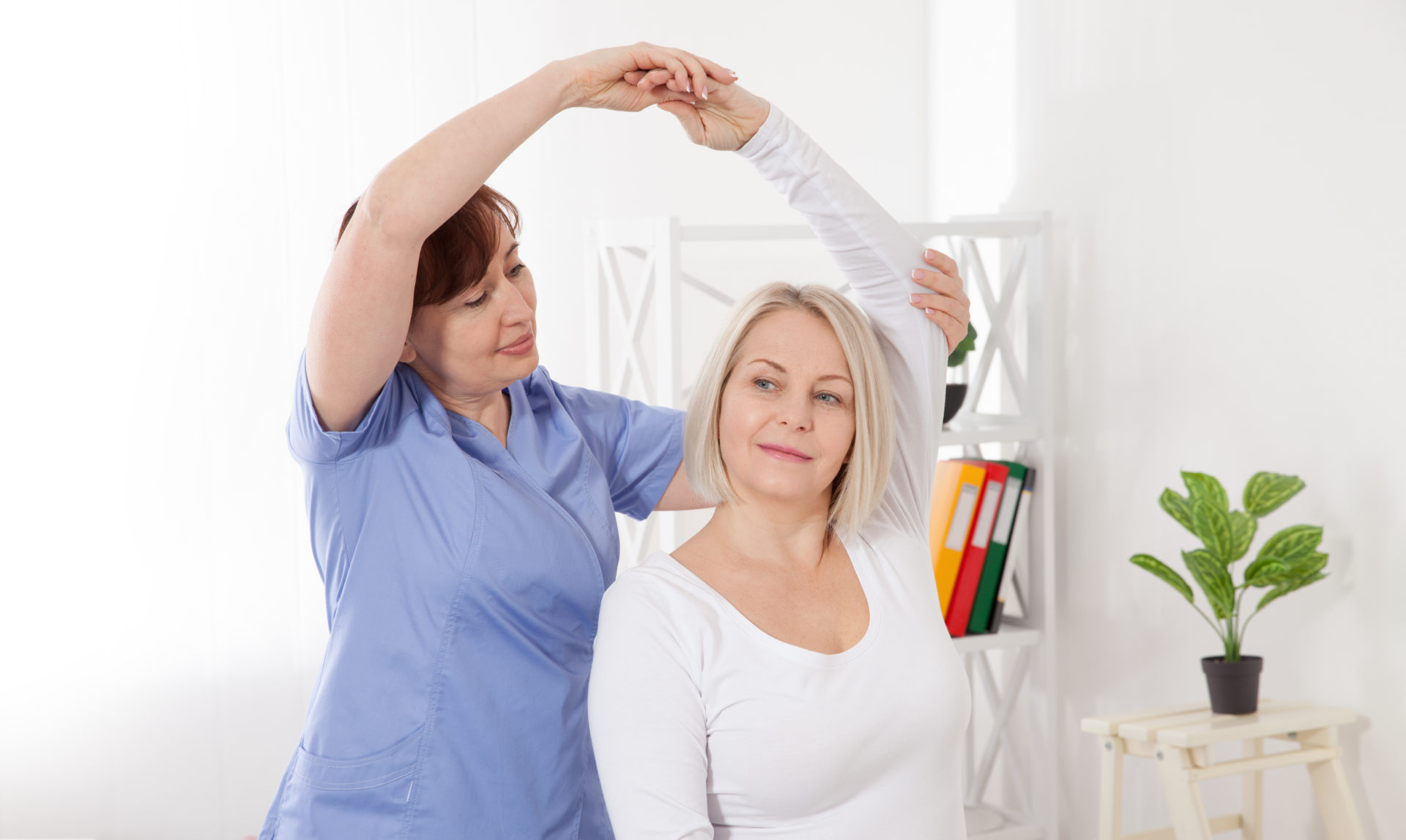
Falls poses a significant threat to the well-being of older adults. Knowing how to reduce the risk of falls enables them to continue living independently.
Reportedly, one in three adults ages 65 and older fall every year and over two million require treatment in the emergency room due to a fall-related injury. The long-term effects of falling include traumatic brain injuries and hip fractures. When a significant injury is sustained, the quality of daily life for older adults is dramatically reduced. Fortunately, many falls are preventable.
Elderly Fall Prevention
Appropriate steps can be taken to prevent falls. For example:
- Encourage daily exercise. Being older doesn’t mean becoming a couch potato. Staying active is an important part of everyone’s life, and it is especially important in older adults. Staying mobile helps to prevent weakness in the lower extremities. Tai Chi is an excellent way to improve balance and increase strength.
- Vision Checks. Older individuals need have annual eye exams and wear the correct prescription of glasses or contacts.
- Be mindful of medication. As we get older, it’s not uncommon to need medication, but ensuring it’s safe to take in combination with others is one of the easiest ways to prevent falls. Know the possible side effects of all medications.
- Eliminate possible tripping hazards. Anyone will trip over an electrical cord or clutter if it’s in the way. Be sure to declutter homes and keep electrical cords safely tucked away to prevent possible injuries.
Risk Fall Assessment
As we age, medical conditions, physical changes and even medication can increase the risk of falls. To determine the risk of falling, appropriate screening should be performed by a medical professional.
- Older adults need to report if they have fallen within the last year. If so, where and what was the cause?
- Older individuals should be asked if they are experiencing problems with gait and balance.
- Older persons who present for medical treatment due to a fall or recurrent falls should undergo a multifactorial assessment.
- People who demonstrate unsteadiness during gait and balance evaluation should undergo a risk fall assessment.
Balance Training
Increasing strength in the lower extremities helps to prevent falls. Exercises geared towards improving balance, gait and functional training significantly reduce the likelihood of falls in older adults.
It is estimated that over half of reported falls happen in the home. These are easily preventable by performing a home safety inspection to identify the possible fall hazards such as clutter, poor lighting, slippery surfaces and tripping hazards.
REQUEST AN APPOINTMENT
Please complete the form below and we will get back to you shortly to setup your appointment.
